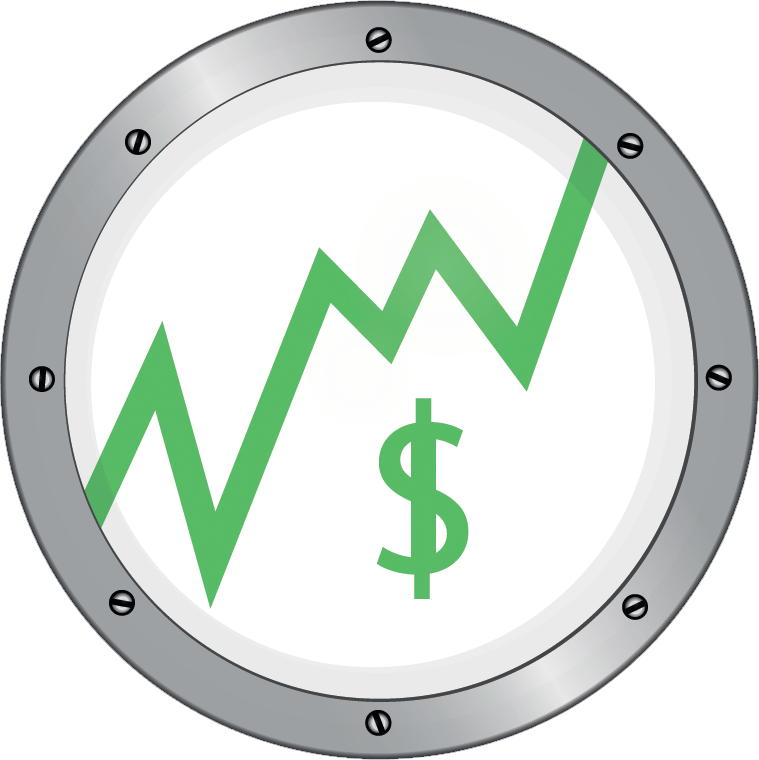With the spread of the Covid-19 pandemic, shipping markets continue to face enormous pressure. The container sector could be affected the worst.
It’s a nightmare scenario for world trade and shipping, turned reality. As growing sectors of the European and North American[ds_preview] economies are put into shutdown, market imbalances in shipping are growing more severe by the day. The combination of industrial losses and large-scale retrenchment of consumption across the western world dashed all hopes of a recovery following the cautious return to normality in China.
Container shipping could be in for the worst demand shock of all sectors, according to latest analyses. Given their role as primary import markets for containerized cargo, the freezing of economic activities in Europe and North America might result in a slump of the same magnitude as during the world financial crisis of 2008/09. Danish market research firm Sea-Intelligence forecast a collapse in container bookings of 10% or 17mill. TEU this year – the same relative decrease as in 2009.
As long as the Covid-19 crisis was confined to Asia, until early/mid March, its forecast was only -1.9mill. TEU für global loaded container traffic. The experts argue that the tentative recovery in trade, borne out by the rise in export shipments in China since mid February, will collapse again once the halt to procurement by western importers will hit Chinese factories. The gap would only begin to materialise in the second half of March when producers in the east have cleared their backlog of orders.
Financial resilience tested
Sea-Intelligence estimates that financial losses for container lines from the cargo slump could reach 17 bill. $. Fears are growing that the sector may experience bankruptcies as in 2016 when Hanjin Shipping went bust.
Capitalisation of liner shipping is not what it should be after a decade of financial strain and many tramp shipowners have reason to worry about the performance of their charterers. Since our last issue of HANSA, the tonnage surplus in container shipping surged to new highs, according to the idle fleet count of Alphaliner.
A staggering 127 very large container vessels with intakes above 7,500TEU were out of service as per early March – nearly all of them owned or leased by liner operators. No doubt, the focus for carriers over the coming months will be to manage and utilise their own fleets as efficiently as possible.
Charter tonnage naturally plays second fiddle except in vessel categories where operators don’t habe enough ships of their own. Analysts and shipbrokers are still watching events unfold and it will be interesting to see how the likes of Clarksons Platou, MSI and Drewry will adjust their forecasts for container shipping.
Short term developments saw chartering activity for container vessels pick up again since the middle of February, with numbers of spot vessels stabilising and even contracting in a number of segments. Enquiry for panamax vessels as for gearless 2,700/2,800TEU increased notably, according to brokers, allowing owners to keep fixing levels for 4,200-4,400TEU panamaxes steady at around 12,000$/day. Rates for post-panamaxes of 6,000-8,500TEU also held relatively stable.
The scene was more muted in the sub-2,000TEU feeder sectors although certain vessel types definitely bucked the trend. Curiously, the steep fall in bunker prices and the collapse in the spread of low-sulphur and heavy fuel oil prices did not stop the eco-Bangkokmax 1,700TEU type to wrench back some of the erlier losses. Rates have edged up again to 10,500$/per day in Asia, up from lows of 9,500$/day in February.
Meanwhile the European market for feeder class tonnage could be heading the opposite direction. Even before the sharp increase in quarantine measures across Europe, brokers were warning against a slump in tonnage demand from feeder operators during March because of the slowdown in import transhipment activity due to reduced calls of deepsea vessels ex Far East. Carriers had stepped up their blank sailings considerably before in view of the Covid-19 shutdowns in China. More than 30 feeder ships below 2,000TEU were believed to be coming up for redelivery in Europe during March, with brokers expecting around one third of them to suffer employment gaps.
Tail winds for smaller bulkers
Turning to the dry cargo markets, charter earnings for deepsea bulk carriers started lifting from the ground over the last weeks after hitting rock bottom during February. Capesize vessels remain extremely exposed amid the slump in steel and iron ore demand, with the time charter average covering only half the daily operating expenses.
The panamax and geared vessel types displayed a more positive performance over the past month. A rise in fixing activity for East Coast South America grain stems propelled rates higher both in the Atlantic and the Pacific, although momentum started fizzling out in mid-March. Higher activity in South America, on the European continent and in southeast Asia also pushed up rate levels for supramaxes and handy bulkers considerably.
Average time charter trip earnings increased by around 49% and 36%, with peak rates of more than 15,000$/d per day done on larger handies in north Europe and over 20,000$/day for 58,000 dwt supramaxes for liftings from the US Gulf to the Far East.
Michael Hollmann





















